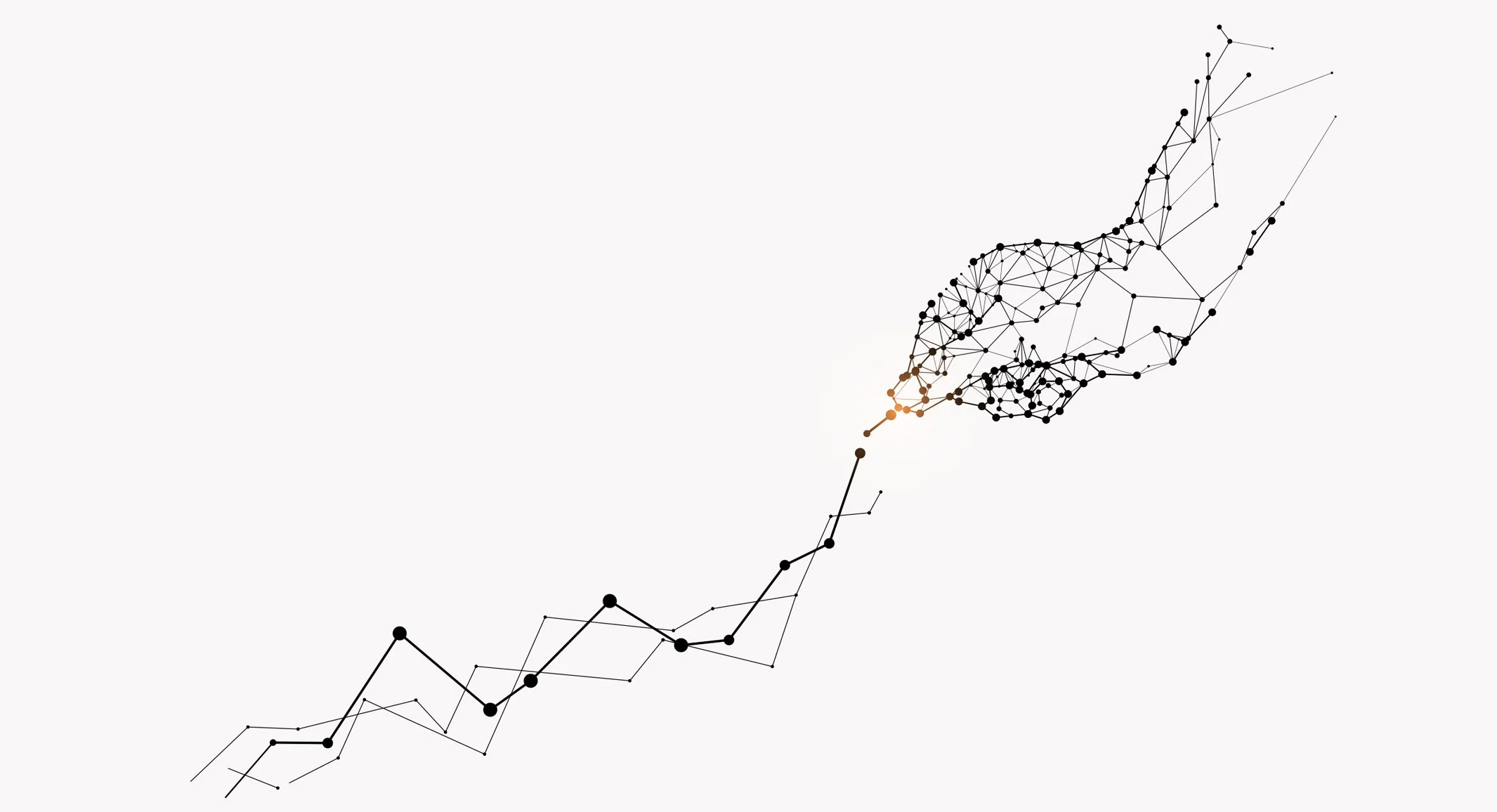Economic Update From Human Investing: Yield Curves
What is the yield curve?
The yield curve refers to the current yields of US treasury bonds based upon time until maturity. It’s frequently depicted as a graph to help summarize the data. Typically, a yield curve is upward sloping. Short-term (ST) rates are lower, and long-term (LT) rates are higher.
Wall Street Journal, Bonds & Rates: Yield Curve, April 25, 2023
Reading the yield curve:
A “steeper” or “steepening” of the yield curve means short-term (ST) rates are lower, and long-term (LT) rates are higher, resulting in a steeper line when comparing
A “flatter” or “flattening” of the yield curve is when ST rates and LT rates are equivalent, or are getting closer to parity
An “inverted” yield curve is when ST rates are higher than LT rates, like the current line in the snapshot above.
What determines the yield curve?
All rates on the yield curve are determined by the market. The Fed only controls the federal funds rate, which is only the rate banks lend to each other overnight. Because the market determines the shape of the yield curve, many look to the yield curve as a summary of overall investor sentiment to draw conclusions about expectations for the future. Some important market factors that influence the yield curve include:
Liquidity (time horizon): The more time until a bond matures, the longer you have your money tied up. As a result, a longer time to maturity (and lower liquidity) bond tends to have a higher yield. This contributes to an upward sloping yield curve.
Growth expectations: If there are higher growth expectations, you tend to see a steeper yield curve. This is because higher growth tends to lead to higher inflation, and so rates must be higher to achieve positive real returns.
Demand: As more investors demand a bond, the price goes up. As bond prices go up, yields go down.
Why is the yield curve inverted, and why does that indicate a recession?
The yield curve is inverted because ST rates are higher than LT rates. This is largely due to The Fed raising interest rates to lower inflation. The Fed appears determined to reign in inflation, and has raised ST interest rates to slow down the economy enough to reduce inflation. This is putting upward pressure on ST rates. Many expect this approach to cause a recession, which would lower growth expectations, reducing LT interest rates. The result is the inverted yield curve we see today.
Why does this inversion indicate a recession?
In theory, the market is pricing treasuries so the returns over a given time period are the same, regardless of what you buy today. Let’s use an example to illustrate this.
Say you want to invest $10,000 in treasuries for 2 years, you can make two choices:
Choice #1: Buy a single 2 year treasury
Currently a ~4.2% yield, so you earn roughly 4.2% for 2 years.
Choice #2: Buy a 1 year treasury today, then a new 1 year treasury in 1 year:
Currently a ~4.7% yield, so you earn roughly 4.7% for 1 year.
After the first year, your treasury will mature, and you will have to purchase a new treasury at whatever the current rates are. The yield curve today is predicting 1 year rates will be at 3.7% in the following year.
Your overall return after averaging those rates for each year is 4.2% — the same as buying a 2 year treasury initially!
A lower rate in the future indicates lower growth expectations at that time. Growth expectations being lower (or negative) does not bode well for the health of the economy. The inverted yield curve also has a solid record of predicting recessions, but that doesn’t mean it’s perfect or guaranteed. The yield curve reflects the average sentiment of the markets, which indicates what expectations are. Sometimes expectations create a self-fulfilling prophecy situation, and sometimes expectations are flat out incorrect because of an unexpected shock, like the COVID-19 pandemic.
What does this mean for me and my portfolio?
Ultimately your portfolio should be allocated for the long term, and that should be positioned accordingly. While the inverted yield curve has been a strong predictor of recessions, the timing of that prediction and how significant it’s going to be are not consistent enough to provide an easy 5 step solution for everyone.
If you are positioned towards the more aggressive end of what you are comfortable with, consider reducing risk with some volatility expected on the horizon. Understand that regardless of the yield curve today, the long run expectation is growth and positive returns for the economy and equity markets.













